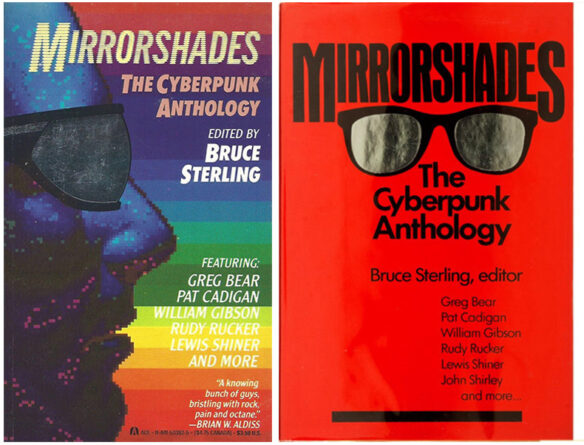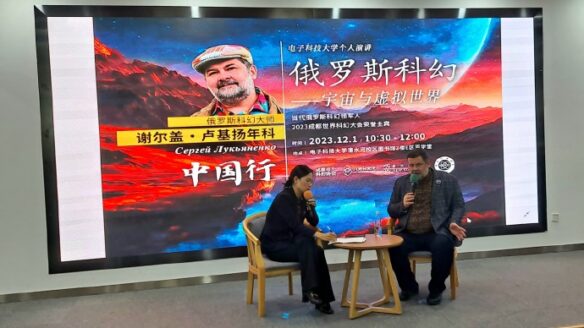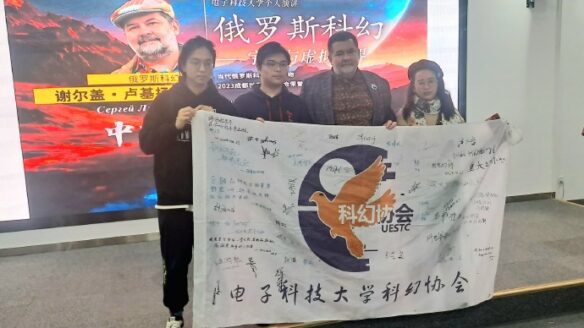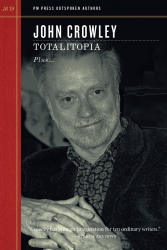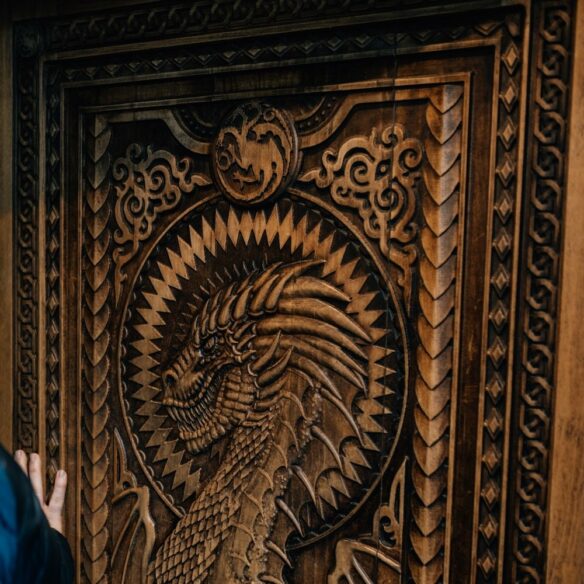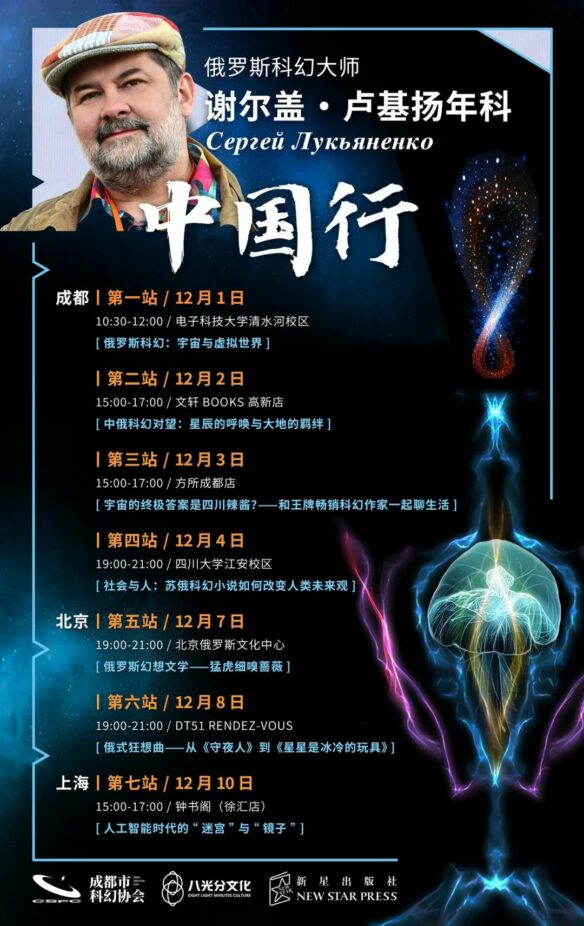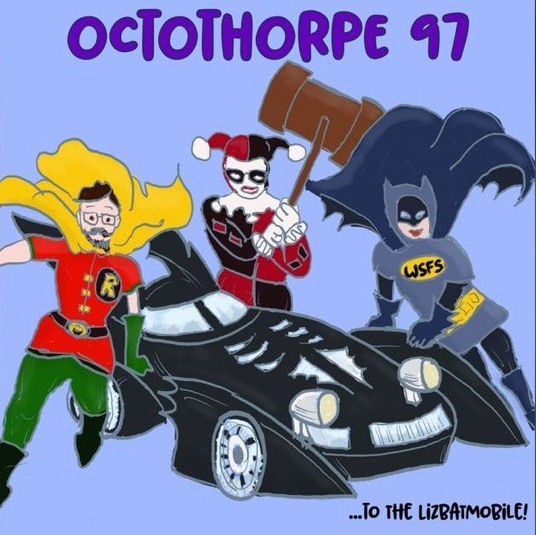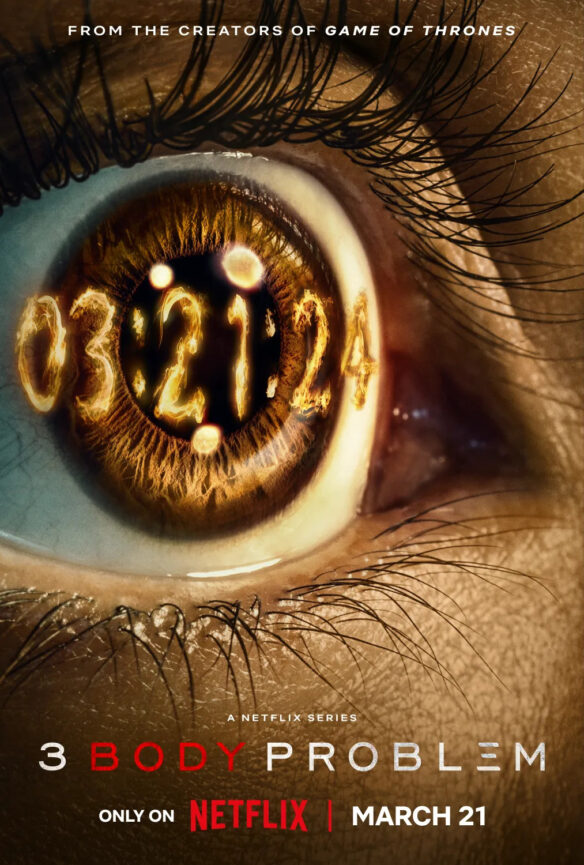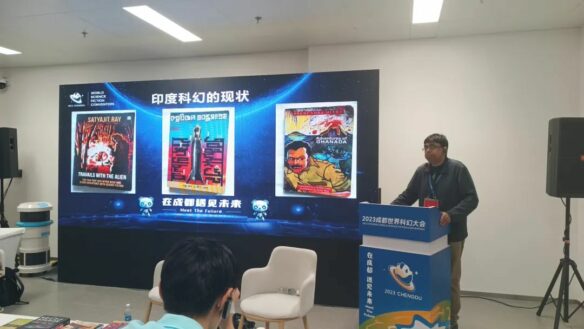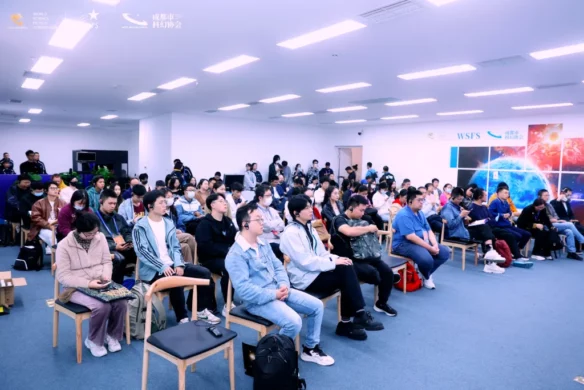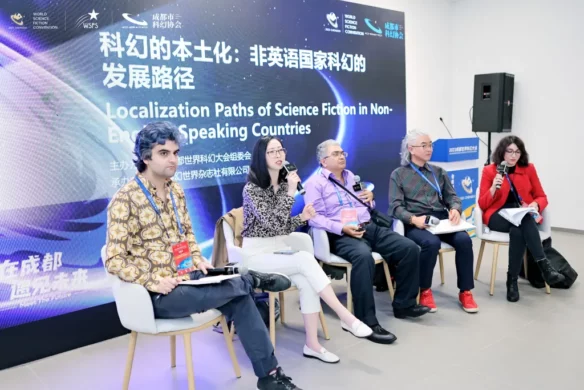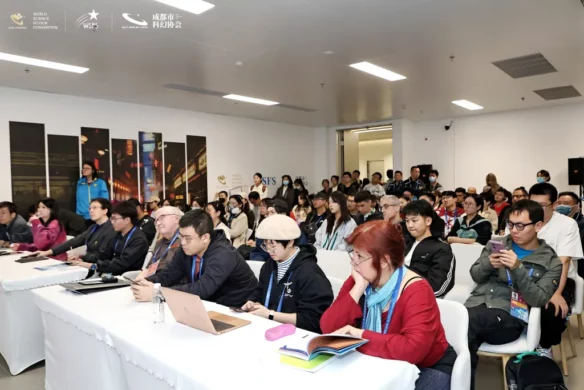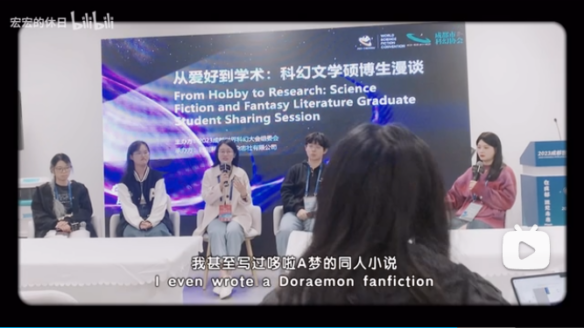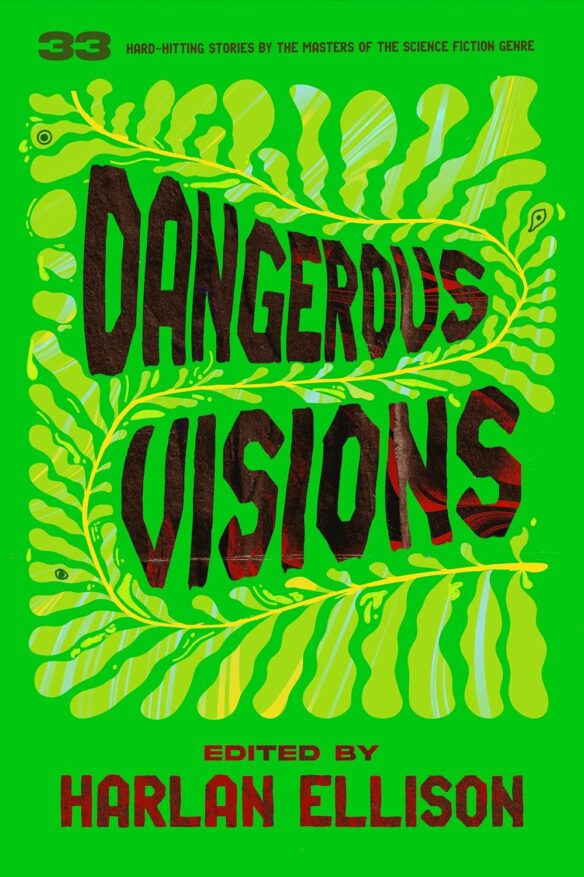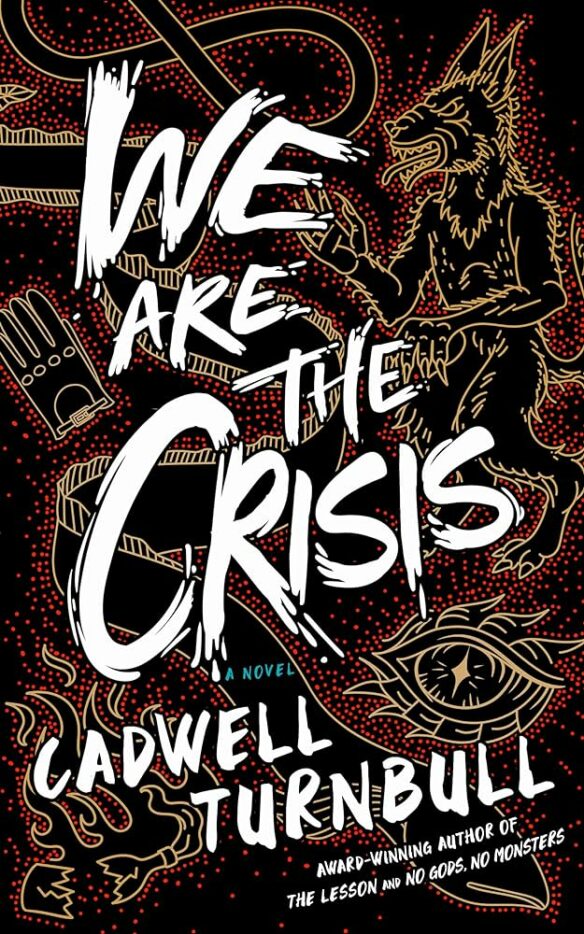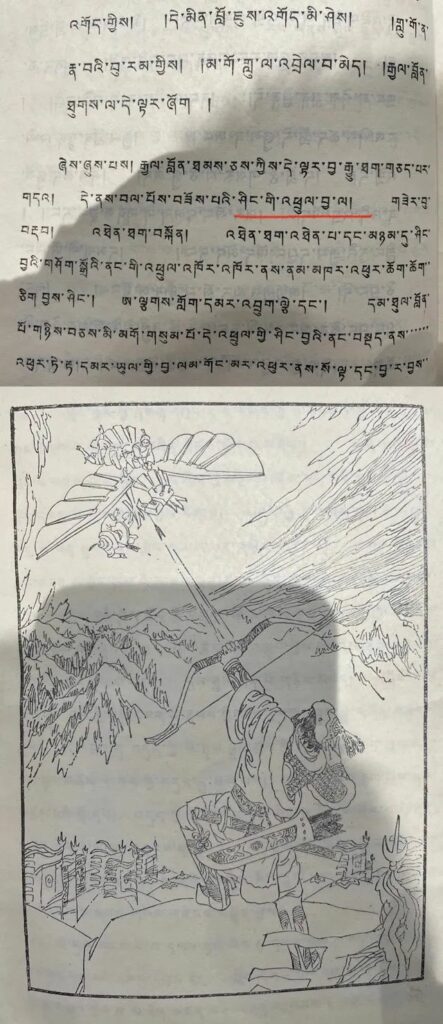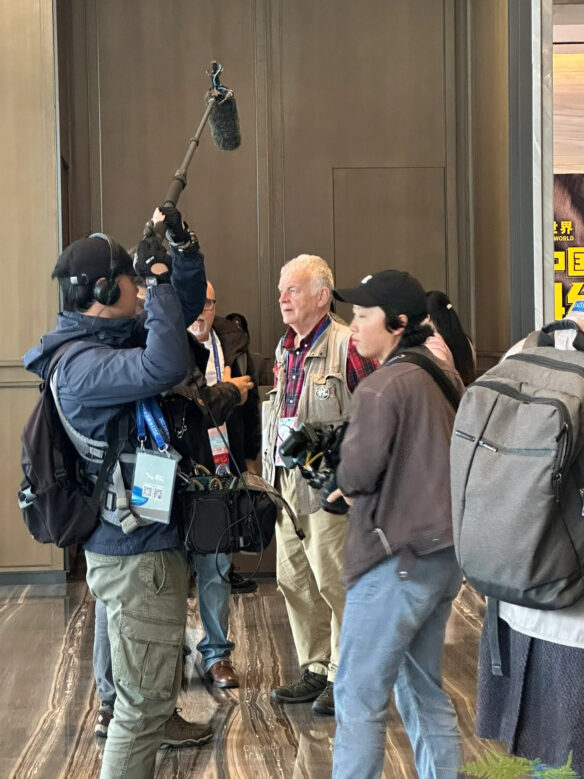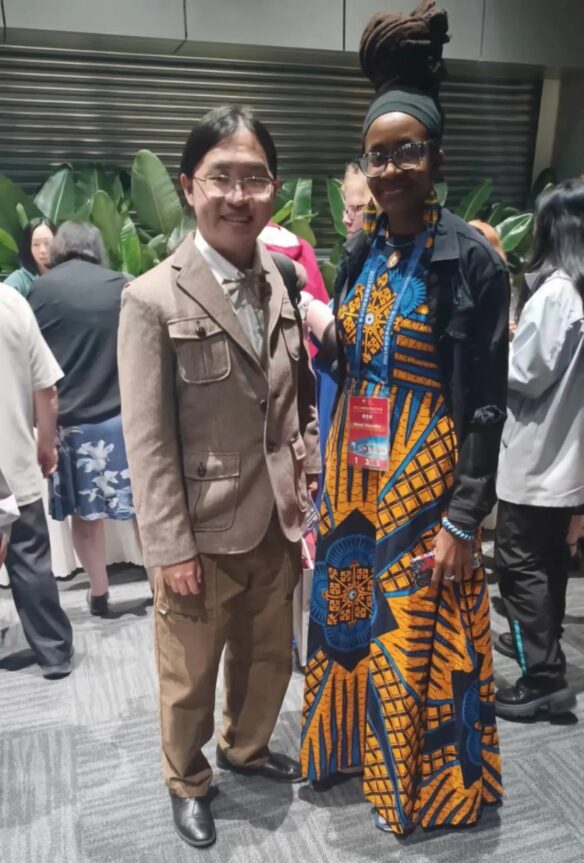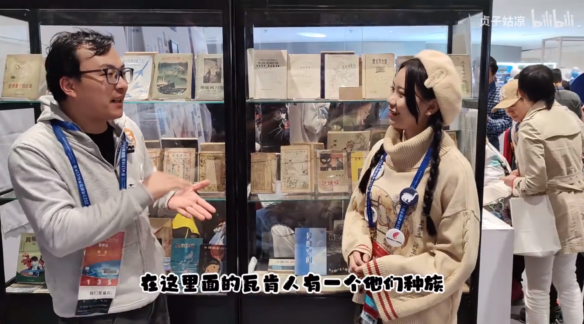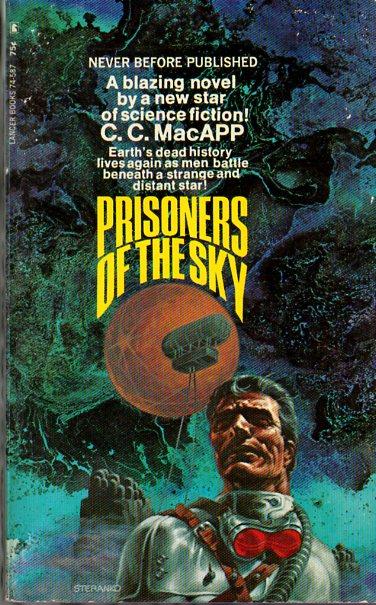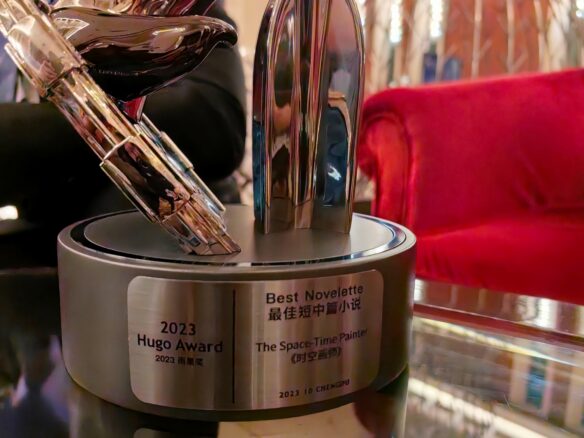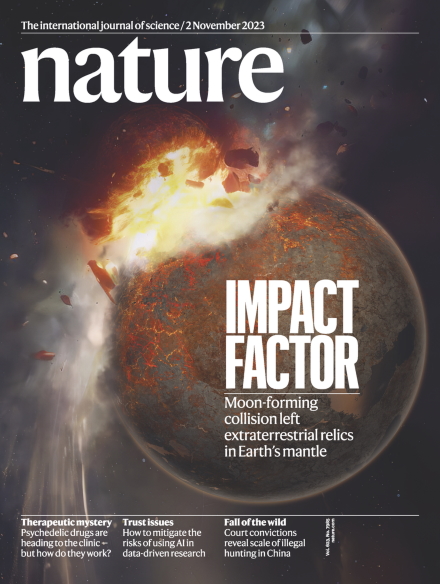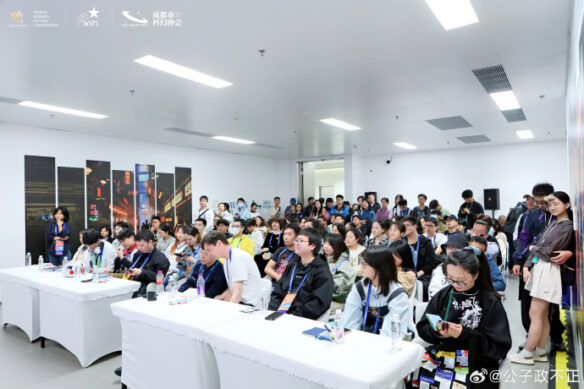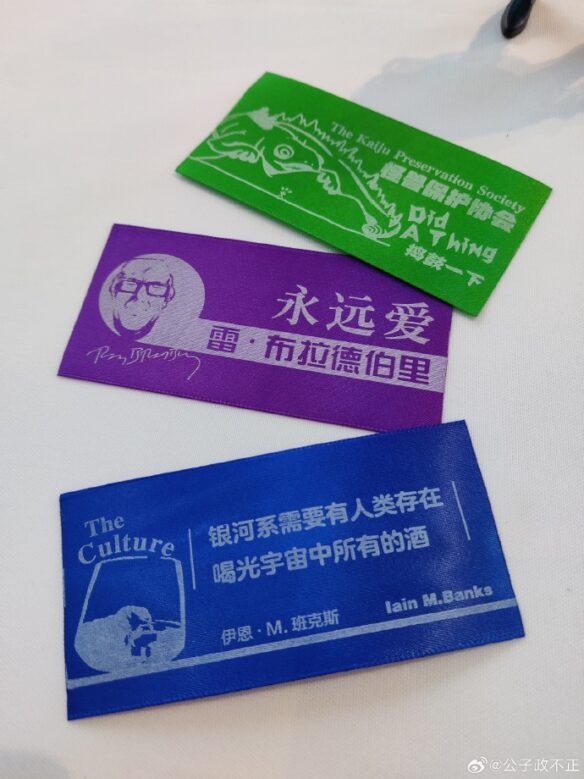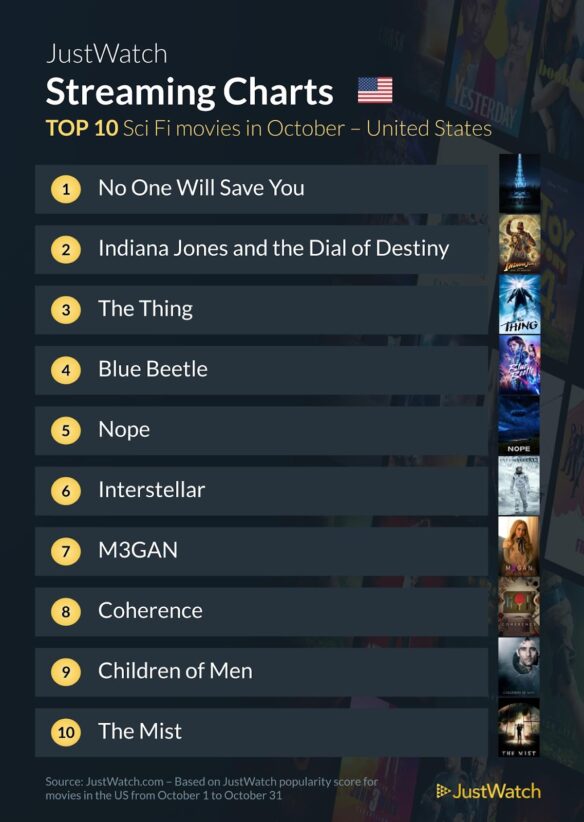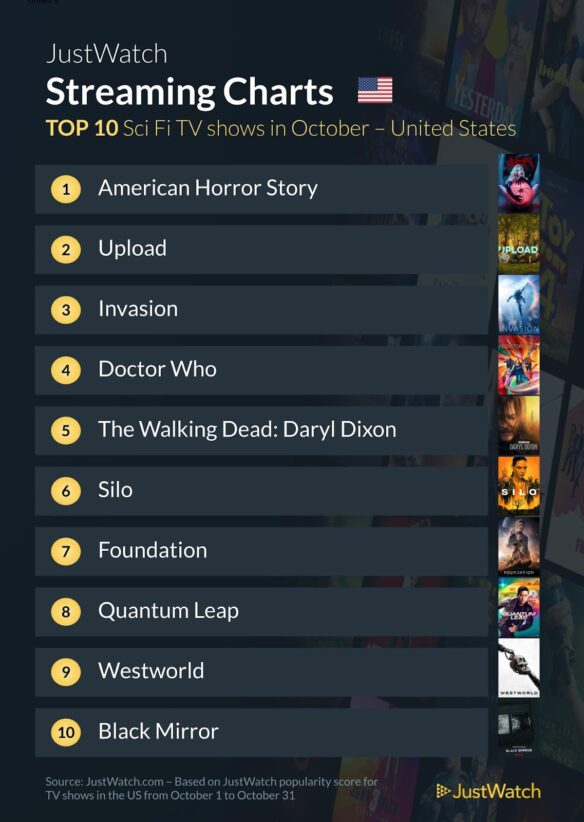(1) SMOFCON COMING TO SEATTLE. [Via Petréa Mitchell.] Last night Seattle won the right to host next year’s Smofcon, the international travelling con for people who run cons. It’ll be December 6-8 at the SeaTac Doubletree.
Attending memberships are $60 through sometime Tuesday. See more at the Smofcon 41 website.
(2) INDIE INK AWARDS. [Item by Dann.] The new Indie Ink Awards are trying to get off the ground.
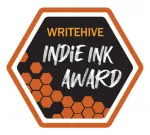
Traditionally published books do not corner the market on great works. Amazing works are produced by small press and self-published authors, and they often go unrecognized because their budgets for marketing are often smaller. So WriteHive, Inked in Gray Press, and Indie Story Geek joined together to celebrate great works of fiction published by small press and self-published authors, giving them the recognition they deserve.
There are 24 award categories with half being devoted to identitarian interests. The remaining categories are for various facets of a book, but none are dedicated to just “best novel”.
M.V. Prindle was notified that his book, Bob the Wizard, was nominated in a handful of categories.
(3) LUKYANENKO IN CHENGDU UPDATES. [By Ersatz Culture.] As of Sunday 3rd, he has appeared at two more events. The Saturday one is covered in this Weibo post. I think that’s SF World editor and member of the Chengdu concom Yao Haijun sitting on the left of the panel.
The Sunday event also has a couple of Weibo posts, here and here. He seems to be wearing a badge with the Worldcon panda logo on, although it’s not one I recall seeing from the event itself, so perhaps it’s unrelated?
Tomorrow (Monday 4th) he will be appearing at a university; this post lists an email address where people can send a question to him.


(4) EATING THE FANTASTIC. Scott Edelman invites listeners to snack on spanakopita with Neil Clarke in Episode 213 of the Eating the Fantastic podcast.
This time around you’re invited to dinner with Neil Clarke, who’s best known as the editor and publisher of the Hugo and World Fantasy Award-winning Clarkesworld magazine, launched in October 2006. Clarkesworld has been a finalist for the Hugo Award for Best Semiprozine four times (winning three times), the World Fantasy Award four times (winning once), and the British Fantasy Award once (winning once).

Neil himself is also an eleven-time finalist for the Hugo Award for Best Editor-Short Form (winning twice), three-time winner of the Chesley Award for Best Art Director, and recipient of the 2019 Kate Wilhelm Solstice Award from SFWA. In the seventeen years since Clarkesworld Magazine launched, stories that he’s edited have been nominated for or won the Hugo, Nebula, World Fantasy, Sturgeon, Locus, BSFA, Shirley Jackson, WSFA Small Press, Stoker, and various other awards.
He also edits Forever — a digital-only, reprint science fiction magazine launched in 2015. His anthologies include: Upgraded, Galactic Empires, Touchable Unreality, More Human than Human, The Final Frontier, Not One of Us, The Eagle has Landed, and the Best Science Fiction of the Year series. His latest anthology, New Voices in Chinese Science Fiction (co-edited with Xia Jia — who was a guest of this podcast way back in Episode 50 — and Regina Kanyu Wang), was published in July.
We discussed how Clarkesworld was born (and what he wishes he’d known back when the magazine launched), the motivation behind his unrivaled response times, the irresponsible impact of AI on science fiction and what he’s doing to help ameliorate it, how he proactively analyzes submission data to make sure he receives stories from diverse voices, the differing effect of the pandemic lockdown on first time vs. established authors, why it’s hard for people to sell him a time travel story, his problems with Star Trek‘s transporter, the true meaning of rejections, why reading science fiction in translation is so important, Lester del Rey’s prophetic warning about the provincialism of U.S. fandom, and much more.
(5) PLAGIARISM. [Item by Andrew Porter.] First several minutes of the video concern Harlan Ellison and Ben Bova, and case they won: “Plagiarism and You(Tube)”. Via Sandra Bond.
What is plagiarism? Where did plagiarism come from? Who made plagiarism? Where am I, plagiarism? Can you help me?
(6) MARK SHEPPARD SURVIVES HEALTH EMERGENCY. [Item by Cat Eldridge.]He also was in Warehouse 13 as Regent Benedict Valda, in Doctor Who’s “The Impossible Astronaut” and “Day of the Moon” playing Canton Everett Delaware III. “’Supernatural’ Star Mark Sheppard Survives Massive Heart Attacks” in Deadline.
Mark Sheppard, best known as “Crowley” on Supernatural, revealed on Instagram Saturday that he somehow survived six heart attacks.
“You’re not going to believe this! Was on my way to an appointment yesterday when I collapsed in my kitchen,” Sheppard began. The 59-year-old actor wrote that he had “six massive heart attacks” and was “brought back from [the] dead 4 times,” before learning that he “had a 100% blockage in my LAD” (left anterior descending artery.)”
Sheppard called the event “The Widowmaker,” and expressed his thanksto his medics….
(7) THINKING ABOUT ROME. “’The Boys’ Season 4 Trailer Is a Bloody Good Time” according to The Mary Sue.
…The Boys teaser trailer gives us a glimpse of the chaos ahead. Two new female supes, Sister Sage and Firecracker, join the Seven to replace Starlight and Queen Maeve. It looks like much of the focus will be on the battle between Starlight and Homelander. Sister Sage tells Homelander to let the masses tear themselves apart over the supe war, then he can swoop in and save them. Since Homelander is probably one of those guys always thinking about Rome, he says he can be “just like Caesar.” Jeffrey Dean Morgan makes his first appearance in a suit while talking to Billy Butcher. There will be so much to unpack in the new season. Our most burning question: will The Deep find love with a new octopus?…
(8) FAN FAVORITE ENDS RUN. Radio Times tells us “Doctor Who’s Wild Blue Yonder marked Bernard Cribbins’ final appearance”. I don’t know if the following is a spoiler of any kind, so let’s be safe and post a spoiler warning anyway.
Doctor Who fans were delighted to see the late Bernard Cribbins reprise his role as Wilfred Mott, beloved grandfather of Donna Noble (Catherine Tate), in the episode Wild Blue Yonder.
Having escaped a terrifying adventure in space, the Doctor (David Tennant) and Donna shared an emotional reunion with Wilf, who then warned them of a new menace threatening the Earth.
Speaking on companion show Doctor Who Unleashed, showrunner Russell T Davies confirmed that Cribbins’ scene in the special would mark his final appearance as Wilf.
(9) KEEP HOPE FROM ESCAPING. [Item by Steven French.] Kim Stanley Robinson gets a shout out in a Guardian editorial in utopian fiction (!): “The Guardian view on utopias: news from nowhere can help us here and now”.
… But it would be nice to think that, at some point, dystopia’s sunnier other half – the cultural tradition that gave us Thomas More’s Utopia, News from Nowhere by William Morris and the early feminist visions of Charlotte Perkins Gilman – might make a comeback…
…So, in our own time, does the climate fiction of Kim Stanley Robinson, which speculatively explores the social and economic transformations that could help humanity to cope with the consequences of the climate emergency.
The intimidating scale of contemporary crises, interrelated and ranging from the economic to the environmental, is today accompanied by a widespread conviction that prevailing orthodoxies are inadequate to the task of meeting them. A sense of the ominous defines the zeitgeist, running through the pages of books such as Rumaan Alam’s Leave the World Behind and Kazuo Ishiguro’s Klara and the Sun. Lynch’s portrayal of political darkness enveloping one unfortunate family mines the same seam, giving eloquent expression to what he describes as a “tragic perspective”. But at a time when societies could desperately do with some imaginative headroom, it would be uplifting to see a new generation of authors following in the footsteps of Morris and Robinson as well….
(10) SPEAK, MEMORY. Adweek says “Apple’s Film is a Hopeful Fable About Speech Accessibility”.
…The tech brand released “The Lost Voice,” directed by Oscar-winning filmmaker Taika Waititi and coinciding with International Day of Persons With Disabilities Dec. 3. The film unfolds as a narrated children’s story, with magical creatures and a journey through beautiful landscapes.
The tale begins when a young girl meets a rabbit-like creature with white and pink fur. Curiously, she asks him, “Why are you so quiet?” and offers to help the animal find his voice.
… At the end, it is revealed that the narrator is a dad with speech loss who is reading a bedtime story to his child using Apple’s latest accessibility feature, Personal Voice.
The brand introduced Personal Voice on iOS 17 earlier this year. The feature uses secure on-device machine learning to sample and re-create people’s voices, helping those who lose their ability to speak due to conditions such as muscular dystrophy or motor neurone disease….
(11) TODAY’S BIRTHDAY.
[Written by Cat Eldridge.]
Born December 3, 1958 — Terri Windling, 65. I first encountered her writing through reading The Wood Wife, a truly extraordinary fantasy that deserved the Mythopoeic Award that it won. (The Hole in the Wall bar in it would be borrowed by Charles de Lint with her permission for a scene in his Medicine Road novel.) I like American edition with Susan Sedona Boulet art much better than I do the British edition with the Brian Froud art.
I would be very remiss not mention about her stellar work as the founding editor along with Ellen Datlow of what would be called The Year’s Best Fantasy and Horror after the first volume which was simply The Year’s Best Fantasy, that being noted for those of you who would doubt correct me for not footnoting it. It won three World Fantasy Awards and a Stoker as well.
They also splendidly edited a series of Snow White, Blood Red anthologies which were stories based on traditional folk tales. Lots of good stuff there. All available at the usual suspects now at very affordable prices. Like the Mythic Fiction series is excellent reading and available at usual suspects.
Oh, and I want to single out The Armless Maiden which took on the difficult subject of child abuse. It garnered a much warranted Otherwise nomination.
Now let’s have a beer at the Dancing Ferret as I note her creation of the Bordertown series. I haven’t read all of it but I’ve quite a bit of it and one of the three novels written in it, Emma Bull’s Finder: A Novel: of The Borderlands, is one of my comfort works, so she gets credit for that.
So now let’s move to an art credit for her. Some of you have seen the cover art for Another Way to Travel by Cats Laughing? That’s a hearse with the band posed in front of it. I’ve the original pen and ink art that she did here.
Which brings me to the Old Oak Wood series which is penned by her and illustrated by Wendy Froud. Now Wikipedia and most of the reading world thinks that it consists of three lovely works — A Midsummer Night’s Faery Tale, The Winter Child and The Faeries of Spring Cottage.
But there’s a story that Terri wrote that never got published anywhere but on Green Man. It’s an Excerpt from The Old Oak Chronicles: Interviews with Famous Personages by Professor Arnel Rootmuster. It’s a charming story, so go ahead and read it.

(12) COMICS SECTION.
- Saturday Morning Breakfast Cereal — This is Star Trek science question no. 1, answered with the wrong science.
(13) DOGGONE IT. Marvel Mutts #1 launched December 1 on Marvel Unlimited in the exclusive Infinity Comic format.
Join Marvel’s Mightiest Mutts in their very own Infinity Comic! When Ms. Marvel and Kraven the Hunter crash through the Best Buds animal shelter, Kamala discovers an adorable ally and new best friend.
This six-part series from creators Mackenzie Cadenhead, Takeshi Miyazawa, and Raúl Angulo is the latest drop from Infinity Comics’ “Friday Funnies,” the line of humor titles designed for fans of all ages. And in MARVEL MUTTS it all goes to the dogs: The pooches of the super-powered are now the stars of their own Marvel Unlimited-exclusive series, and they’ll get in all kinds of cute, cuddly, and (sometimes) mischievous adventures while they show newbie, Mittens, what it’s like to roll with a pack.

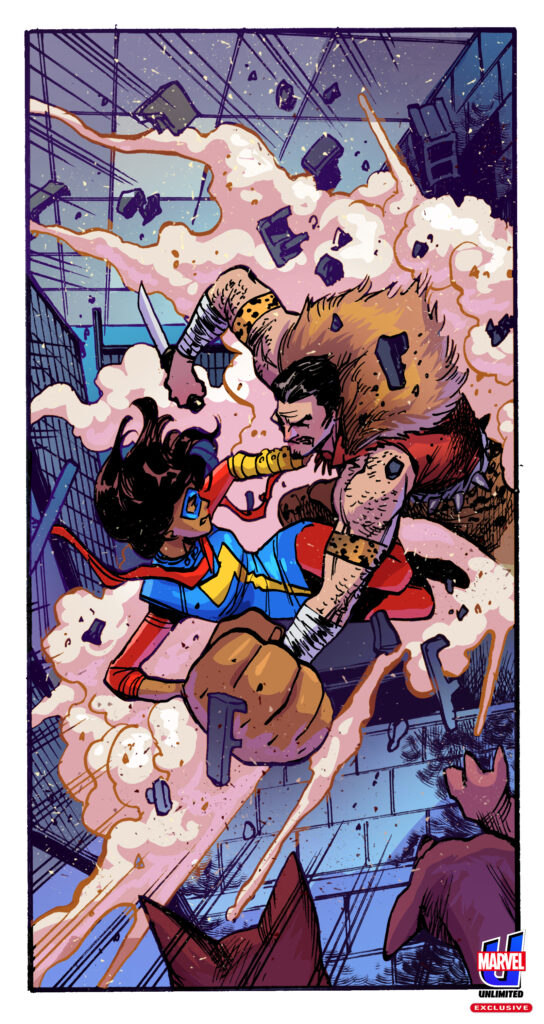
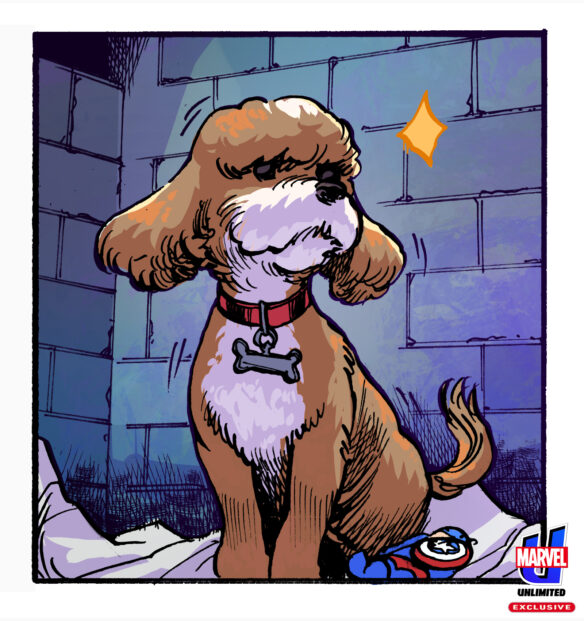


(14) STEELY MAN. “’Fallout’ series first-look images reveal Power Armor and Ghoul” and Entertainment Weekly has a photo.
…Fallout stars Ella Purnell (Yellowjackets) as Lucy, an optimistic Vault Dweller with an all-American can-do spirit, whose idealistic nature is tested when people harm her loved ones. Kyle MacLachlan (Twin Peaks) plays Hank, the Overseer of Vault 33 and Lucy’s father, who is eager to change the world for the better. Aaron Moten plays Maximus, a young soldier hiding his tragic past as he serves in a militaristic faction called Brotherhood of Steel. He believes in the nobility of the Brotherhood’s mission to bring law and order to the Wasteland and will do anything to further their goals. Walton Goggins (The Righteous Gemstones, Justified) stars as the Ghoul, a pragmatic and ruthless survivor who trawls the Wasteland as a bounty hunter. Irradiated Ghouls are one of the most recognizable elements of the Fallout franchise, and here, Goggins combines their iconic look with a Westworld-esque cowboy outfit….
(15) A COINCIDENCE. On the day that the Hugo final round voting statistics came out, Chris Barkley was delighted to see what was featured on NPR’s All Things Considered this afternoon: “Ranked choice voting is being touted as a cure-all for U.S. deep partisan divides”. Audio at the link; no text transcript.
(16) THE MULTIVERSE IS REAL! [Item by Mike Kennedy.] A bride-to-be went shopping for wedding dresses and had their photo taken with an iPhone. Each photo with modern phones is made using computational photography. Among other things, that means the device takes multiple exposures each time the shutter is pressed and tries to stitch together the best image using portions that are least blurry, etc.
The bride appears three times in the photo; once in “real life“ from the rear, and twice in front and side views in separate mirrors. Not knowing that those are the same person, the phone used different versions for each of them when performing the computation. The bride was moving their arms when the photo was snapped, so they appear to be in three different poses simultaneously.
Either that, or the Multiverse is real. “A bride discovers a reality bending mistake in her iPhone camera” at Apple Insider.
…A U.K. woman was photographed standing in a mirror where her reflections didn’t match, but not because of a glitch in the Matrix. Instead, it’s a simple iPhone computational photography mistake.
Thanks to technological advancements, photography has come a long way from flash bulbs and film. Every time the iPhone shutter button is clicked, billions of operations occur in an instant that results in a photo….
(17) RIGHT OF WAY. “Largest iceberg in the world, 40 miles wide, is now heading into the open ocean” reports NPR.
Ships plying the frigid waters near the Antarctic Peninsula, south of South America, will need to keep an eye on their radar for a floating island of ice: “The largest iceberg in the world, A-23a, is on the move into open ocean!” as the British Antarctic Survey recently announced.
“It’s a trillion tons of ice. So it’s hard to comprehend just how big a patch of ice this is,” Ted Scambos, a senior research scientist at the University of Colorado Boulder, told NPR.
Iceberg A23a measures 40 by 32 nautical miles, according to the U.S. National Ice Center. For comparison, Hawaii’s island of Oahu is 44 miles long and 30 miles across. And New York City’s Manhattan Island is about 13.4 miles long and spans around 2.3 miles at its widest point….
(18) VIDEO OF THE DAY. Via Geri Sullivan, “A Holiday to Remember”. Admittedly, it’s a 5-minute Chevy commercial. Say what you like, I’m finished crying anyway.
[Thanks to John King Tarpinian, Chris Barkley, Kevin Standlee, Ersatz Culture, Dann, Lise Andreasen, Steven French, Cat Eldridge, SF Concatenation’s Jonathan Cowie, Mike Kennedy, and Andrew Porter, for some of these stories. Title credit belongs to File 770 contributing editor of the day Daniel Dern.]

